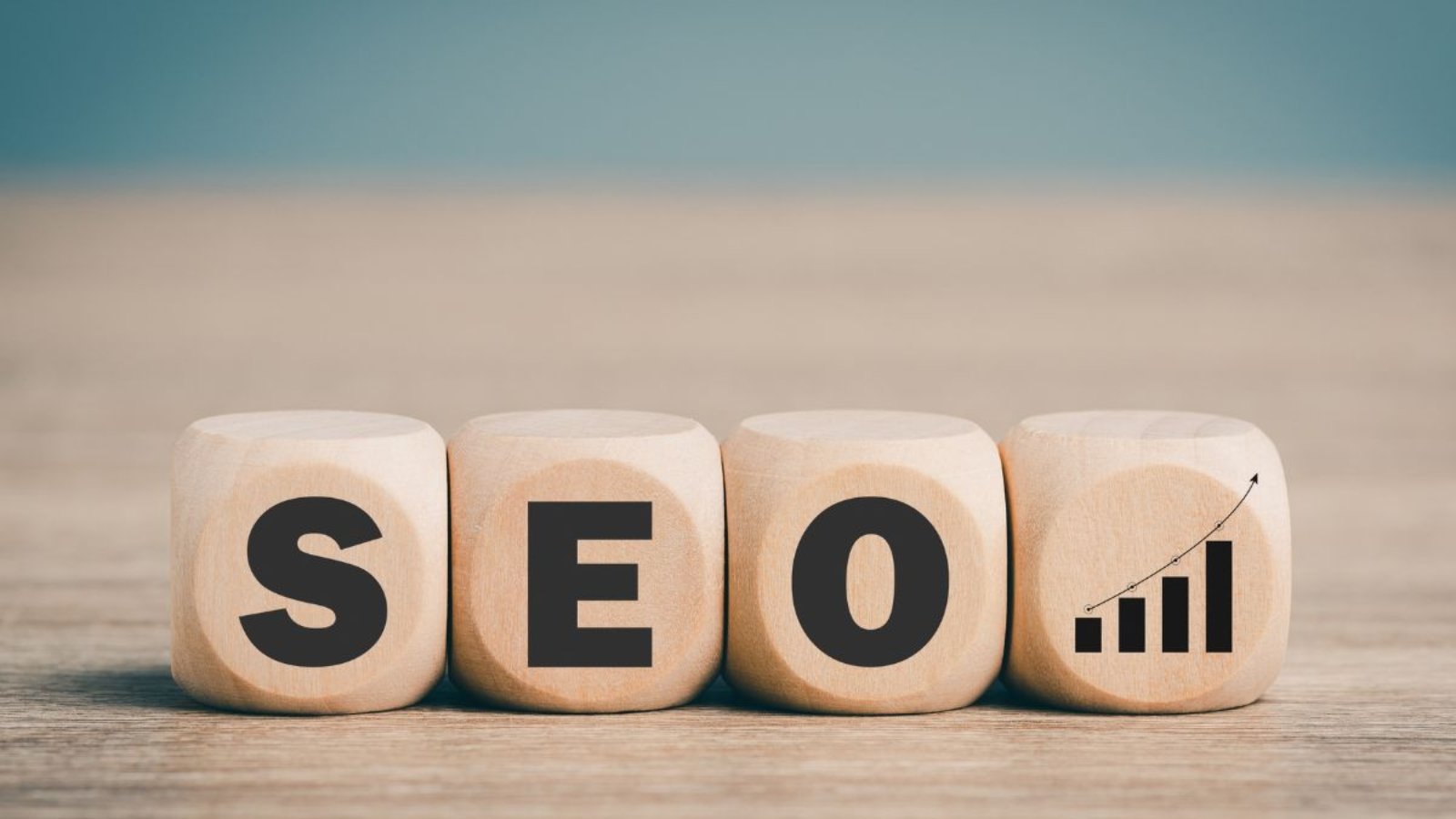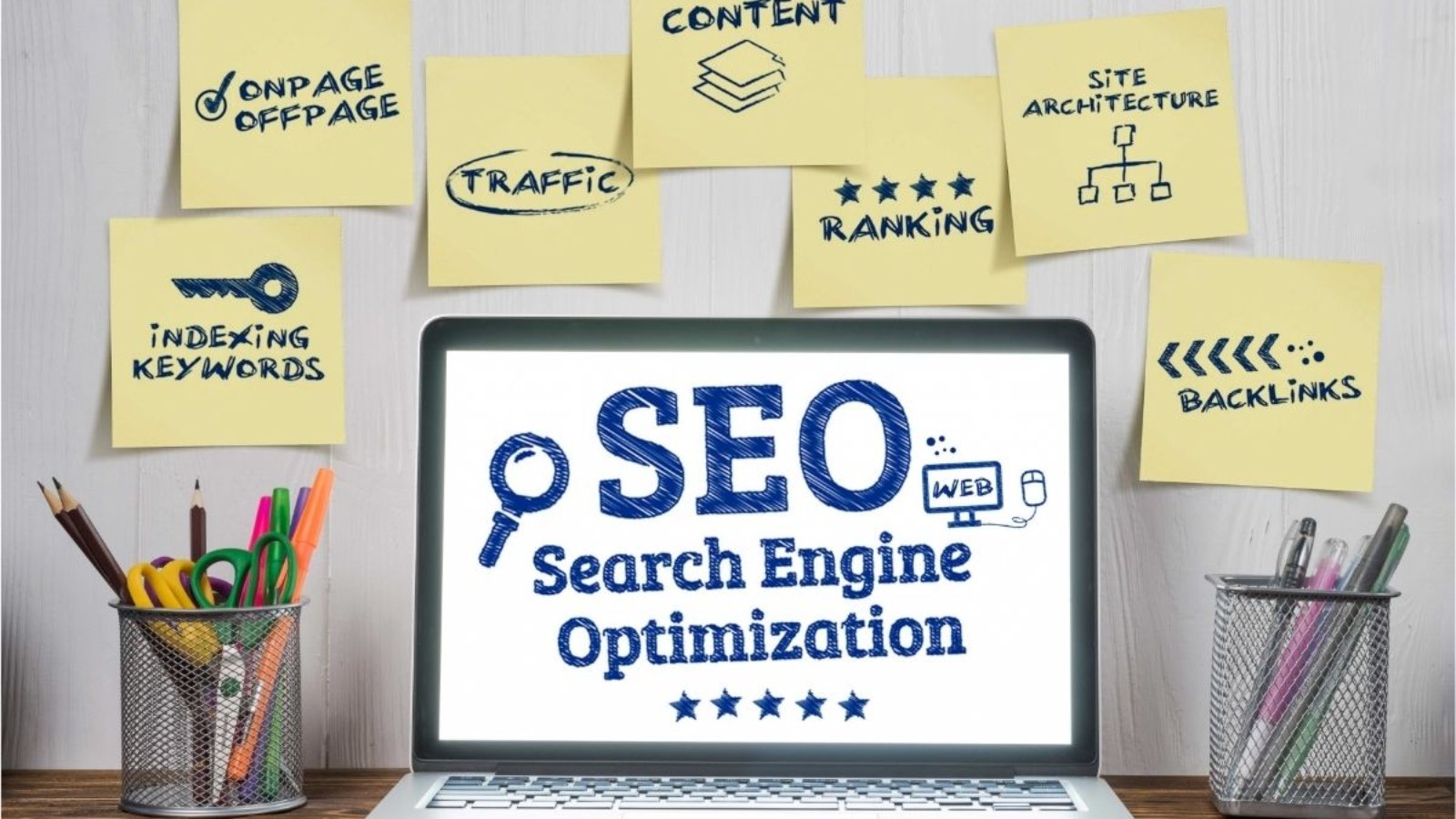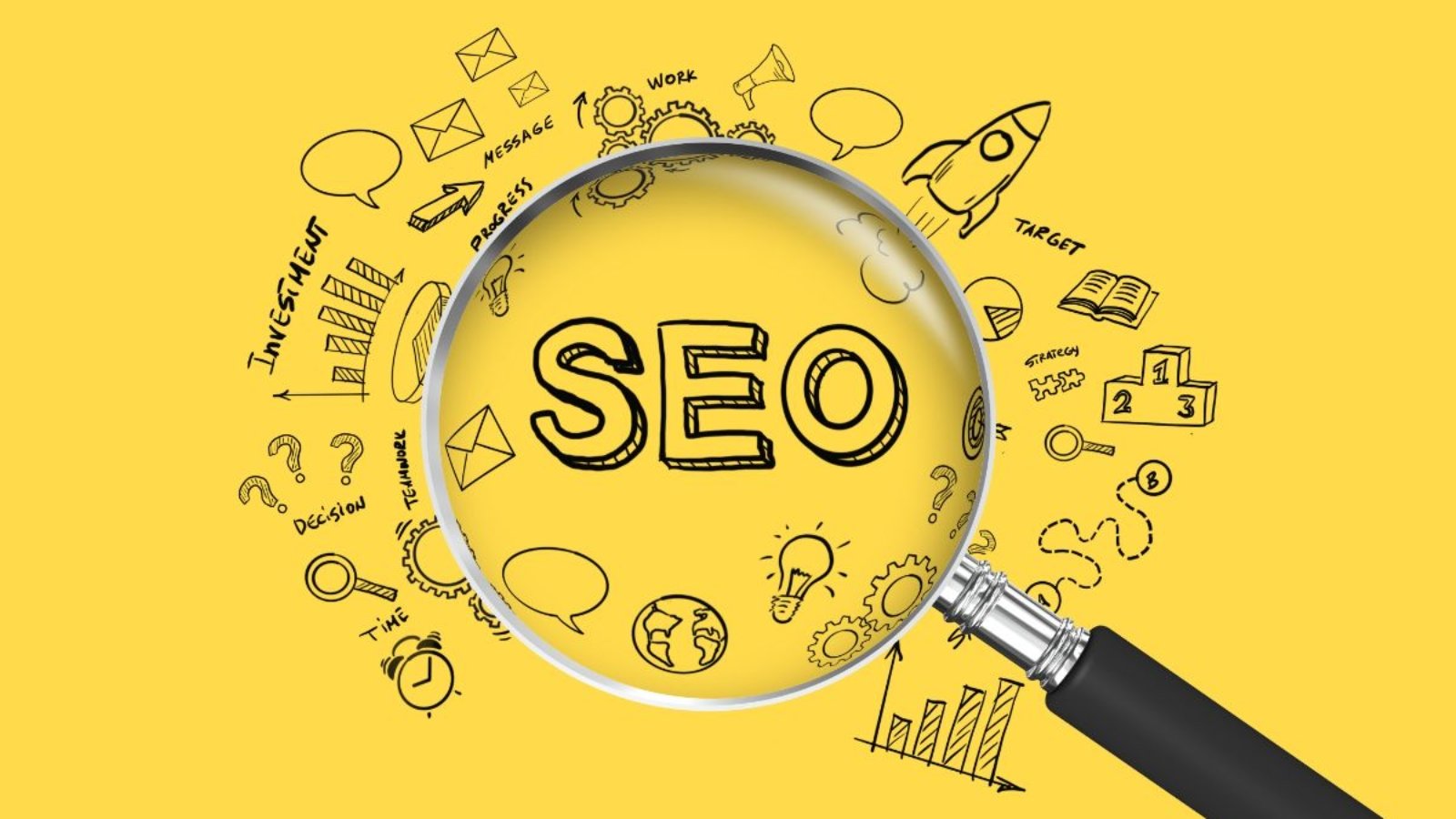The main difference between SEO and SEM is how they bring traffic to a website. Search Engine Optimization (SEO) focuses on ranking in organic search results. Search Engine Marketing (SEM) includes both organic and paid search strategies.
Put simply:
- Google’s search results have two sections: organic and paid.
- SEO helps websites rank in the organic results.
- SEM includes SEO but also uses Pay-Per-Click (PPC) ads.
- With SEO, you don’t pay for clicks. With SEM, you can pay for traffic.
So, SEO is a part of SEM. SEM is a broader strategy that includes both free and paid methods.
Now, let’s explore the key differences between SEO and SEM.
Difference Between SEO and SEM: At a Glance
Do you know?
47% of digital marketers say SEO is their best strategy. Again, almost 39% of them find it difficult
Only 30% of new businesses use SEO for marketing. Just 12% use PPC ads
Both SEO and SEM are necessary for getting traffic. However, they work in different ways. SEO focuses on organic search, while SEM includes paid advertising. To use either SEO or SEM, you must know their differences.
For a quick comparison, take a look at the following table:
| Feature | SEO (Search Engine Optimization) | SEM (Search Engine Marketing) |
| Traffic Type | Organic (free) search traffic | Paid search traffic (ads) |
| Speed | Takes time to show results | Provides instant visibility |
| Cost | No direct cost, but requires effort | Costs money per ad click |
| Key Focus | Optimizing content for search engines | Running paid ads on search engines |
| Longevity | Long-term results with consistent effort | Works only while ads run |
| Click-Through Rate (CTR) | Usually higher for organic results | Can be lower for paid ads |
| Best For | Businesses wanting long-term growth | Those needing quick traffic |
What is SEO?
The process of continuously improving a website to place in the organic, unpaid Search Engine Results Pages (SERPs) is known as SEO. It improves visibility without paying for ads.
Google dominates search, with over 91% market share. Search engines like Google use algorithms (mentioned below) to decide which pages appear first. SEO ensures your site meets these criteria.
Google handles 5.9 million searches per minute, as stated by Statista. This gives marketers a big chance to attract traffic. Usually, SEO involves the following:
- Keyword Research – Finding what users search for.
- On-Page SEO – Optimizing content, headings, and images.
- Off-Page SEO – Getting backlinks from trusted websites.
- Technical SEO – Improving site speed, mobile friendliness, and security.
SEO helps businesses attract more visitors and grow online. However, it takes time to see results. To rank higher in a short period, focus on quality content and optimization.
Types of SEO
Although there are many types of SEOs, 4 of them are main. Before introducing those SEO types, we want you to remember that each plays a key role in improving search rankings. Here are the 4 main SEO categories:
On-Page SEO
It is all about optimizing the content and elements within a webpage. The goal is to make the content valuable, relevant, and easy for search engines to understand. For that, you need to use the right keywords, write compelling meta descriptions, and structure content with proper headings. Internal linking, image optimization, and user experience improvements also fall under on-page SEO.
Off-Page SEO
It focuses on building trust and authority from external sources. Search engines see backlinks from reputable sites as votes of confidence, which can improve rankings. Social media engagement, brand mentions, and guest blogging also contribute to off-page SEO. The stronger a website’s reputation, the better it performs in search results.
Technical SEO
It makes it easier for search engines to crawl and index. Thus, its focus lies in improving the backend of a website. It ensures that pages load quickly, the site structure is organized, and there are no broken links or errors. Mobile-friendliness, website security, and structured data also play a big role in technical SEO. Without it, even great content may struggle to rank.
Local SEO
Local SEO, in particular, is valuable for businesses hoping to get their customers to a particular area. This kind of SEO speeds up the optimization of a Google Business Profile, the addition of customer reviews, and the usage of location-based keywords. That ensures your business will come up when customers start looking for nearby services. As such, it matters more to businesses that rely on foot traffic or local clientele.
Key Features of SEO
There are over 200 ranking factors in Google’s algorithm, but some stand out as the most essential. Luckily, SEO includes several important features that cover most of those ranking factors.
So, let’s explore the features of SEO.
Keyword Optimization
It is about researching and using the right keywords naturally throughout your content. Search engines analyze keywords to understand what a page is about and match it with user searches. So, it is the foundation of SEO.
E-E-A-T (Experience, Expertise, Authoritativeness, Trustworthiness)
This is a key factor in content quality assessment. Websites with credible sources, expert authors, and trustworthy information tend to rank higher in search results.
Content Creation and Optimization
High-quality, engaging, and informative content keeps users on your site longer. So, make sure you create valuable content and optimize it. Use proper formatting, relevant keywords, and multimedia elements. This enhances readability and SEO performance.
Core Web Vitals
These are metrics of user experience for page speed, interactivity, and visual stability. Deliver a smoother browsing experience by optimizing for the Largest Contentful Paint (LCP), First Input Delay (FID), and Cumulative Layout Shift (CLS).
Link Building
As said earlier, search engines trust websites with backlinks from reputable sources. Hence, acquiring links is essential for the improvement of a site’s authority. Spammy links in your site lead to lower ranking and bad SEO. On the other hand, linking to trusted sites with good-quality links will give you a boost.
User Experience (UX)
This has an impact on how visitors interact with your site. Users will leave soon if a website takes a longer time to load, has confusing navigation, or it becomes difficult to read the content. In contrast, a well-structured, mobile-friendly, and fast-loading site increases the engagement of a visitor.
Social Signals
Although they may not have a direct effect on SEO, social media interaction increases traffic. Search engines consider user interactions like shares, likes, and comments as signals of content quality.
Mobile SEO
This is essential, as most searches now happen on mobile devices. A mobile-friendly website with a responsive design, fast loading times, and easy navigation improves rankings.
Schema Markup
Implementing schema markup can increase the chances of appearing in rich snippets. These are structured data that help search engines understand content better. So, these can greatly improve click-through rates.
What is SEM?
The process of increasing a website’s visibility in search engines is known as Search Engine Marketing (SEM). It includes both organic and paid methods to drive traffic. SEO focuses on organic rankings, while PPC (pay-per-click) brings paid traffic.
In general, SEM refers to paid search marketing. PPC ads are used by businesses to be displayed at the top of the search results. These ads target specific keywords. This enables companies to obtain a suitable audience promptly.
While SEO takes time to show its results, SEM gives instant visibility. This is a great method to attract potential clients and increase conversions. Nevertheless, PPC costs have to be controlled and properly managed to maintain profitability.
Marketers are adjusting their SEM strategies with AI search becoming the new standard. Despite changes, PPC remains a powerful advertising tool for businesses.
Types of SEM
Search Engine Marketing includes various paid strategies to boost online visibility. Unlike SEO, SEM delivers fast results by placing ads at the top of search engines. Businesses can effectively target the right audience with these SEM strategies:
PPC advertising is one of the most common SEM methods. It includes Google Ads, Bing Ads, and Gemini Ads. Businesses bid on keywords, and their ads appear when users search for relevant terms.
Display advertising focuses on visual ads. These can be banners, retargeting campaigns, etc. These ads keep brands in front of potential customers by appearing on websites and social media platforms.
Businesses can expand their reach beyond search engines using social media ads. They post these ads on platforms like Facebook, Instagram, and LinkedIn.
Video ads, such as YouTube in-stream ads, engage users through compelling video content. Businesses can capture attention quickly and increase conversions through them.
Local service ads appear for location-based searches. The goal is to help businesses reach nearby customers through Google searches. Hence, these ads are valuable for local businesses.
Businesses can also customize ads for local audiences. They can use geotargeting and location-based ads, which focus on users in specific areas. These will make marketing more effective.
Responsive search ads automatically adjust to show the best-performing headlines and descriptions. Google tests different combinations to maximize clicks and conversions.
Voice search ads are optimized for voice-activated assistants like Alexa and Google Assistant. As voice search grows, businesses use this strategy to stay ahead.
Key Features of SEM
SEM comes with plenty of powerful features. Using these features, businesses can improve visibility and drive traffic. Plus, advertisers can effectively reach their ideal audience. If you aren’t using SEM, you should check out these features:
Keyword Targeting
This plays a crucial role in SEM. Usually, advertisers bid on specific keywords, hoping their ads appear for relevant searches. Targeting can be refined using different match types, like broad, phrase, or exact match.
Audience Targeting
SEM is highly effective for this feature. Advertisers can target users based on demographics, location, behavior, and interests to reach the right audience.
Negative Keywords
These keywords prevent wasted ad spend. Plus, they exclude irrelevant search terms. As a result, the chances of reaching the right audience increase.
Ad Creation and Optimization
Writing compelling headlines, descriptions, and calls to action improves engagement. Optimization can increase the chances of clicking ads. AI-powered tools can assist in refining ad copy.
Bidding Strategies
Advertisers can control ad placements with these strategies. They can set bids based on goals like clicks, conversions, or impressions to maximize results.
Budget Control
This feature of SEM allows advertisers to set daily or monthly spending limits. They can adjust bids at the keyword or ad group level to optimize their budget.
Analytics and Reporting
Businesses get insights into ad performance through analytics and reporting. They use Google Analytics and ad platform reports to track conversions, clicks, and engagement.
How Long Does It Take to See Results with SEO vs SEM?
Speed is a key difference when we measure the difference between SEO and SEM.
SEO takes time to show results. For a new site, it can be a slow process, especially if it lacks backlinks. On average, it can take around two years to rank on Google’s first page. However, targeting long-tail keywords and following SEO best practices can lead to some results within a few months.
For instance, when Backlinko launched its site in 2013, it had little domain authority. However, after focusing on SEO, they saw organic traffic within a few months. Still, it took years for them to increase rankings and traffic to their expectations.
On the contrary, SEM delivers faster results. With PPC campaigns, you can see traffic and conversions almost immediately after launching an ad. Still, achieving a positive ROI may take some time, as testing and optimizing campaigns are necessary.
While PPC offers quicker results, SEO provides long-term growth. Therefore, both are essential for a successful strategy.
SEO vs. SEM: The Cost Difference
Many people are drawn to SEO because it’s seen as “free website traffic.”
While it’s true that you don’t pay for clicks in organic search results, SEO is not free.
For example, one of the pages of Backlinko ranked #1 for “on-page SEO.” It brought in daily traffic without paying for each click. But getting to that point took significant investment.
Building domain authority for the Backlinko site required creating top-tier content. In addition, they promoted their content through email outreach. They also spent $355/month on an SEO tool and invested over 20 hours writing the post. On top of that, they hired a graphic designer and illustrator for visuals. Last but not least, a developer helped deploy the page.
On the other hand, SEM with PPC involves upfront costs. You pay to get immediate results, and you can set automatic bids for consistent visibility.
In the short term, PPC is often cheaper. But when you stop paying, your traffic disappears.
SEO, however, is a long-term investment. Once you achieve rankings, you don’t need to keep paying for traffic. Your initial investment in SEO can lead to sustained traffic without ongoing costs.
In a nutshell, SEO and SEM each have their cost benefits. That’s why many businesses use both strategies to achieve the best results.
SEO and SEM: Prospects for the Future
We can confidently say that the future of SEO and SEM is evolving quickly. We’re moving toward a user-centric and technically advanced landscape.
One major change is Artificial Intelligence (AI) and Machine Learning. Google is using these technologies to better understand user intent and provide more relevant results. With the launch of Google’s AI Overviews (SGE), search results are adapting. This makes it essential to focus on search intent and provide valuable, authoritative content.
Moreover, Google’s algorithms are constantly evolving. So, it is becoming tougher for marketers to pinpoint exactly what will improve rankings. Small updates happen daily, but core updates (which occur once or twice a year) are the ones to watch closely.
Considering these crucial facts, expertise is becoming increasingly important. Google rewards relevant, credible content. Becoming an authority on a subject is now more important than ever. Experts improve their visibility and authority by developing content hubs around their expertise and creating original, research-based content.
Zero-click searches are on the rise. Many mobile and desktop searches end without clicks. However, these searches can still boost visibility, as you can appear at the top of search results through featured snippets. While they might not drive direct traffic, they build your credibility.
Another exciting trend is YouTube. With nearly 2.5 billion active users, it’s a powerful platform for paid ads. As a major search engine, YouTube ads offer great prospects.
Newer platforms, like TikTok, are also gaining traction. Many users, especially Gen Z, are turning to TikTok as their search engine. This shift makes it important to optimize content for SEO keywords on platforms beyond Google.
In short, the future of SEO and SEM lies in adapting to new technologies, understanding user intent, and staying ahead of platform trends.
Final Verdict
Now you know the difference between SEO and SEM.
SEO focuses on organic rankings, while SEM includes both SEO and paid ads. SEO takes time but builds long-term traffic. SEM delivers instant visibility through PPC ads but stops when you stop paying.
For the best results, businesses often use a mix of SEO and SEM. They also get expert help for custom SEO strategies and targeted SEM campaigns. That’s why a full-stack digital marketing agency like Full Site Services comes in handy. We do everything to grow your website traffic.
So, start optimizing your SEO and SEM efforts with us to improve your online presence.













